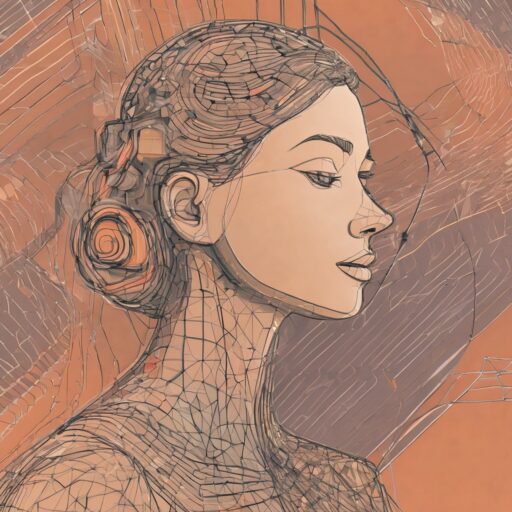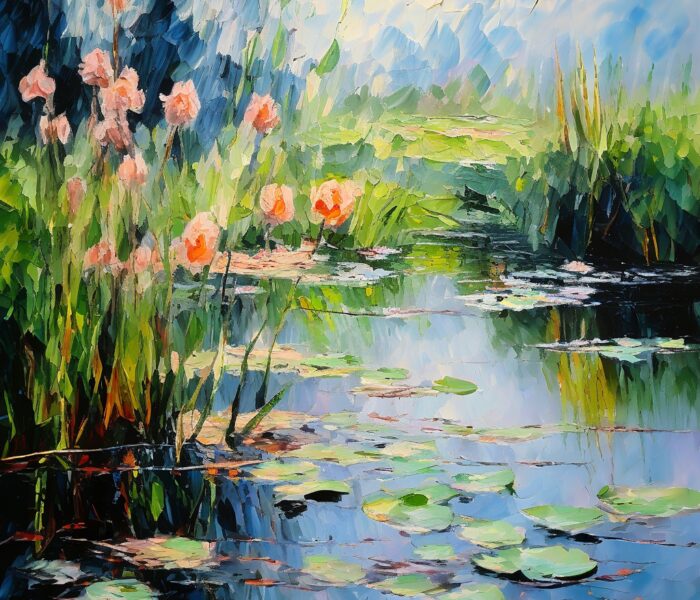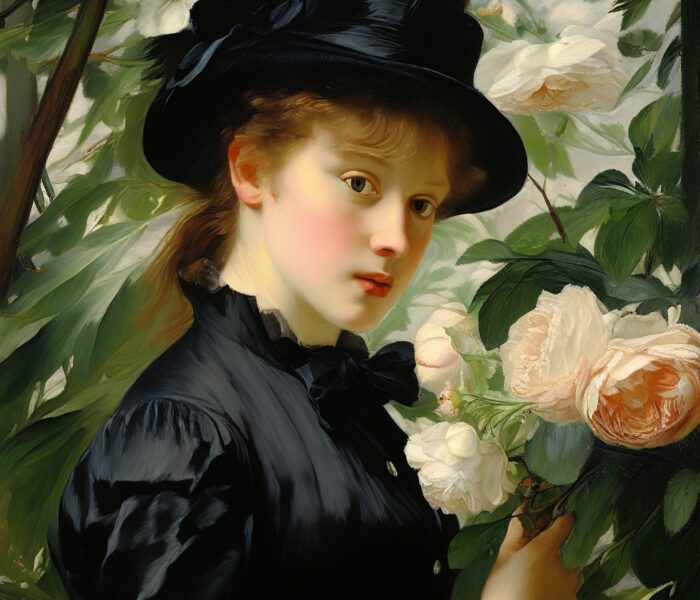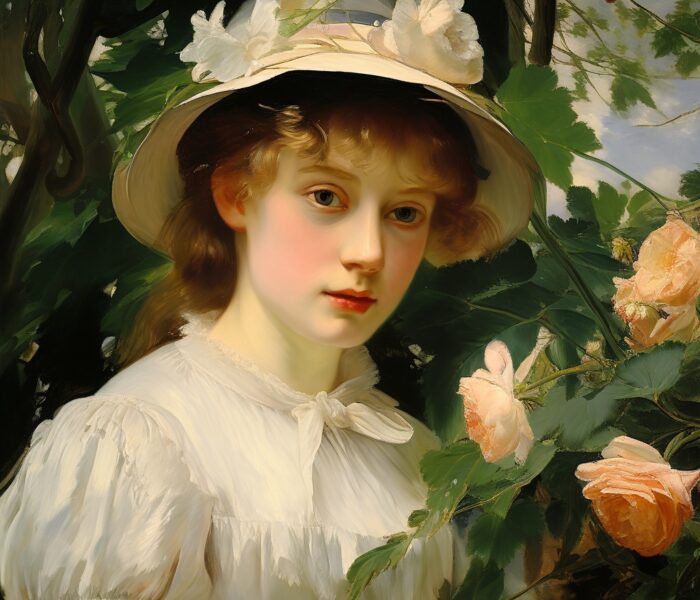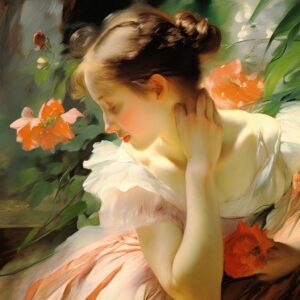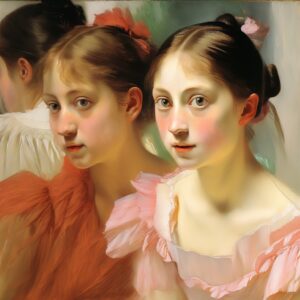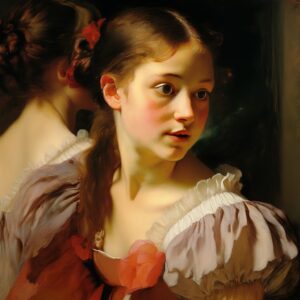
The application of generative AI in the context of Impressionism, a 19th-century art movement known for its emphasis on light and color, as well as its fleeting depiction of moments of daily life, presents an interesting use of AI art generators.
Impressionism was characterized by an emphasis on subjective perception and the pursuit of spontaneous capture of light and movement. Artists such as Claude Monet, Edgar Degas and Pierre-Auguste Renoir created works that captured the fleeting impressions of the moment and conveyed an atmosphere of immediacy and liveliness.
Generative AI offers the opportunity to explore the aesthetic principles of Impressionism in innovative ways and to develop new forms of artistic expression. By analyzing data on Impressionist paintings and stylistic features, AI can learn to imitate the characteristic techniques and motifs of Impressionism and generate its own interpretations.
A central feature of Impressionism is the emphasis on light and color, often achieved through the use of vibrant color palettes and short brushstrokes. Generative AI algorithms can mimic these techniques and create realistic or abstract Impressionist paintings that capture the atmosphere and mood of Impressionism.
Another characteristic of Impressionism is the emphasis on moments of daily life and the depiction of fleeting impressions. Generative AI can learn to recognize these themes and capture them in their generated works by analyzing and interpreting data about everyday scenes and visual motifs.
The use of generative AI in the context of Impressionism opens up new possibilities for creative exploration and experimentation. Artists can interact with AI algorithms and collaboratively create new artworks that interpret and extend the aesthetic principles of Impressionism in innovative ways.
However, it is important to emphasize that the use of generative AI in the art field also raises ethical questions, especially in terms of originality, authorship, and cultural appropriation. Artists using generative AI should be aware of these issues and use the technology responsibly to ensure that their work meets ethical standards and maintains integrity and authenticity in the art world.
Overall, the use of generative AI in the context of Impressionism offers an exciting opportunity to cross the boundaries between man and machine and explore new forms of artistic creativity. By combining human inspiration and machine intelligence, new works can be created that bring the timeless principles of Impressionism into a modern and technologically advanced era.
The generation of art styles using artificial intelligence (AI) undoubtedly offers many opportunities for creative innovation and new forms of artistic expression. However, there are also some problematic aspects and ethical issues to consider:
- Copyright and originality: One potential issue is the question of copyright and originality of artworks generated using AI. Since AI algorithms are based on huge data sets and learn through training data, the generated works could be heavily inspired by pre-existing artworks, raising questions about originality and authorship.
- Authenticity and manipulation: Generative AI algorithms can produce images that look deceptively real and are almost indistinguishable from real photographs or paintings. This carries the risk of forgery and manipulation, especially if the generated works are presented without appropriate labeling or notices. This can lead to confusion and uncertainty about what is real and what is not.
- Bias and stereotypes: AI algorithms can be influenced by the data on which they have been trained, potentially reflecting implicit biases or stereotypes. This can lead to distortions or inequalities in the generated artworks, especially in terms of gender, race, or cultural background.
- Ethnic appropriation: The use of AI to generate art styles could also raise concerns about ethnic appropriation, especially if the generated works use cultural motifs or styles that are not related to the artists’ own cultural identity.
- Lack of human touch: Although generative AI is capable of generating stunning works of art, they often lack the emotional depth and personal engagement that comes from human creativity. This can lead to generated artwork being perceived as cold or impersonal, lacking human connection and resonance.
- Reliance on technology: Using AI to generate art styles can cause artists to become increasingly dependent on technology and lose their own creative autonomy and originality. This can lead to standardization and homogenization of art, affecting diversity and individuality in the art world.
Overall, it is important that the use of AI in the art field is accompanied by a careful consideration of ethical principles and values, and that appropriate measures are taken to minimize potential risks and maintain integrity and authenticity in the art world.
